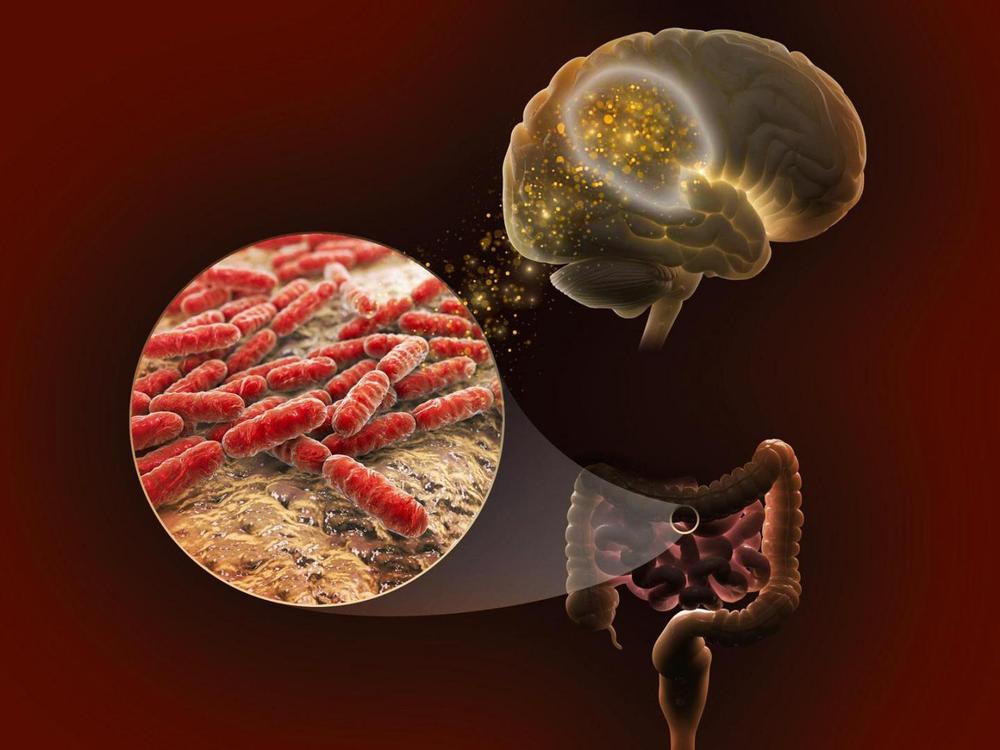At least 10 different drug compounds ranging from cancer therapies to antipsychotics and antihistamines may be effective at preventing the new coronavirus from multiplying in the body, according to a multidisciplinary study conducted by a team of scientists in the United States and France.
New research from an international team of scientists has tracked a compelling series of connections between the gut microbiome and memory. Using a novel mouse model engineered to simulate the genetic diversity of a human population, the study illustrates how genetics can influence memory via bacterial metabolites produced in the gut.
Over the past few years there has been significant research interest in the relationship between memory, cognition and the gut microbiome. While certain families of bacteria that live in our gut have been implicated in memory function, this new study set out to investigate the connection from a different angle, starting with the role genetics play in this relationship.
“To know if a microbial molecule influenced memory, we needed to understand the interaction between genetics and the microbiome,” explains co-corresponding author on the study, Antoine Snijders.

One of the three companies NASA announced today will land the next NASA astronauts on the Moon. NASA awarded three firm-fixed-price, milestone-based contracts for the human landing system awards under the Next Space Technologies for Exploration Partnerships (NextSTEP-2. The total combined value for all awarded contracts is $967 million for the 10-month base period.
NASA downselected from the five companies in the running to only three.
The contenders for the Moon mission contract.
NASA released the Human Landing System (HLS) solicitation on October 25, 2019. Five companies submitted proposals by the required due date of November 5, 2019. Listed below in alphabetical order:
Islamic religious scientist points out a hidden existential threat, worse even than the SARS-CoV-2 virus: two-legged viruses that spread liberal democracy.
Iranian scholar Alireza Ebadi, Supreme Leader Ayatollah Ali Khamenei’s representative in the Southern Khorasan Province, said in a lecture that aired on Khorasan Jonoobi TV (Iran) on April 10, 2020 that the “virus” of Western liberal democracy is even worse than the coronavirus since it has caused the deaths and displacement of millions of people, two world wars, coups in various countries such as Iraq, the spread of cholera in Yemen, and Western intervention in Syria, Afghanistan, India, Pakistan, and elsewhere. Ebadi expressed hope that once humanity defeats the “pest” of the coronavirus, it will “make sure the greatest pests of all do not escape.” He added: “May God [save] humanity from [the] two-legged viruses.”
NIH mobilizes national innovation initiative aimed to speed delivery of accurate, easy-to-use, scalable COVID-19 tests to all Americans.
The Max Delbrück Center for Molecular Medicine is devoted to biomedical research with the aim of understanding the molecular basis of health and disease and translating findings as quickly as possible into clinical applications. Better prevention, diagnosis and treatment of diseases are the ultimate goals.
Researchers at Stanford University have recently carried out an in-depth study of nematic transitions in iron pnictide superconductors. Their paper, published in Nature Physics, presents new imaging data of these transitions collected using a microscope they invented, dubbed the scanning quantum cryogenic atom microscope (SQCRAMscope).
“We invented a new type of scanning probe microscope a few years ago,” Benjamin L. Lev, the researcher who led the study, told Phys.org. “One can think of it like a normal optical microscope, but instead of the lens focused on some sample slide, the focus is on a quantum gas of atoms that are levitated near the sample.”
In the new microscope invented by Lev and his colleagues, atoms are levitated from an ‘atom chip’ trapping device using magnetic fields, until they are merely a micron above the sample slide. These atoms can transduce the magnetic fields that emanate from the sample into the light collected by the microscope’s lens. As a result, SQCRAMscope can be used to image magnetic fields.
Cytokine storms may affect the severity of COVID-19 cases by lowering T cell counts, according to a new study published in Frontiers in Immunology. Researchers studying coronavirus cases in China found that sick patients had a significantly low number of T cells, a type of white blood cell that plays a crucial role in immune response, and that T cell counts were negatively correlated with case severity.
Interestingly, they also found a high concentration of cytokines, a protein that normally helps fight off infection. Too many cytokines can trigger an excessive inflammatory response known as a cytokine storm, which causes the proteins to attack healthy cells. The study suggests that coronavirus does not attack T cells directly, but rather triggers the cytokine release, which then drives the depletion and exhaustion of T cells.
The findings offer clues on how to target treatment for COVID-19, which has become a worldwide pandemic and a widespread threat to human health in the past few months. “We should pay more attention to T cell counts and their function, rather than respiratory function of patients,” says author Dr. Yongwen Chen of Third Military Medical University in China, adding that “more urgent, early intervention may be required in patients with low T lymphocyte counts.”
Sophos rushed patches to users of its popular XG Firewall network system following reports the company received last week that hackers were actively exploiting an SQL injection vulnerability.
The assault involved the downloading and installation of a series of scripts designed to steal user names, passwords and other sensitive data.
“At this time, there is no indication that the attack accessed anything on the local networks behind any impacted XG Firewall,” Team Sophos said. But they did not rule out the possibility of compromised data.








